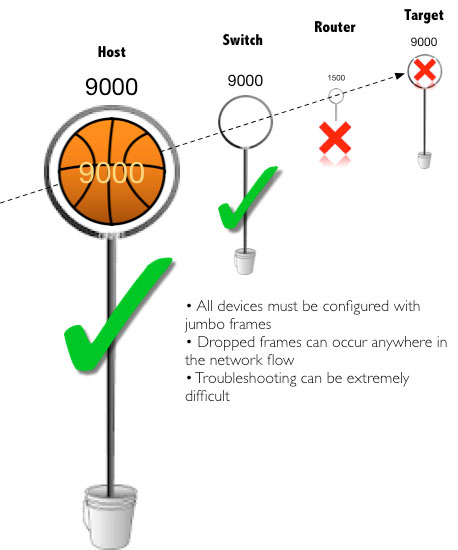Many followers (dare we say fans?) of the SNIA Networking Storage Forum (NSF) are familiar with our popular webcast series “Everything You Wanted To Know About Storage But Were Too Proud To Ask.” If you’ve missed any of the nine episodes we’ve done to date, they are all available on-demand and provide a 101 lesson on a range of storage related topics like buffers, storage controllers, iSCSI and more.
Our next “Too Proud to Ask” webcast on May 16, 2019 will be “Everything You Wanted To Know About Storage But Were Too Proud To Ask – Part Taupe – The Memory Pod.” Traditionally, much of the IT infrastructure that we’ve built over the years can be divided fairly simply into storage (the place we save our persistent data), network (how we get access to the storage and get at our data) and compute (memory and CPU that crunches on the data). In fact, so successful has this model been that a trip to any cloud services provider allows you to order (and be billed for) exactly these three components.
The only purpose of storage is to persist the data between periods of processing it on a CPU. And the only purpose of memory is to provide a cache of fast accessible data to feed the huge appetite of compute. Currently, we build effective systems in a cost-optimal way by using appropriate quantities of expensive and fast memory (DRAM for instance) to cache our cheaper and slower storage. But fast memory has no persistence at all; it’s only storage that provides the application the guarantee that storing, modifying or deleting data does exactly that.
Memory and storage differ in other ways. For example, we load from memory to registers on the CPU, perform operations there, and then store the results back to memory by loading from and storing to byte addresses. This load/store technology is different from storage, where we tend to move data back and fore between memory and storage in large blocks, by using an API (application programming interface).
It’s clear the lines between memory and storage are blurring as new memory technologies are challenging the way we build and use storage to meet application demands. New memory technologies look like storage in that they’re persistent, if a lot faster than traditional disks or even Flash based SSDs, but we address them in bytes, as we do memory like DRAM, if more slowly. Persistent memory (PM) lies between storage and memory in latency, bandwidth and cost, while providing memory semantics and storage persistence. In this webcast, our SNIA experts will discuss:
- Fundamental terminology relating to memory
- Traditional uses of storage and memory as a cache
- How can we build and use systems based on PM?
- Persistent memory over a network
- Do we need a new programming model to take advantage of PM?
- Interesting use cases for systems equipped with PM
- How we might take better advantage of this new technology
Register today for this live webcast on May 16th. Our experts will be available to answer the questions that you should not be too proud to ask!
And if you’re curious to know why each of the webcasts in this series is associated with a different color (rather than a number), check out this SNIA NSF blog that explains it all.


